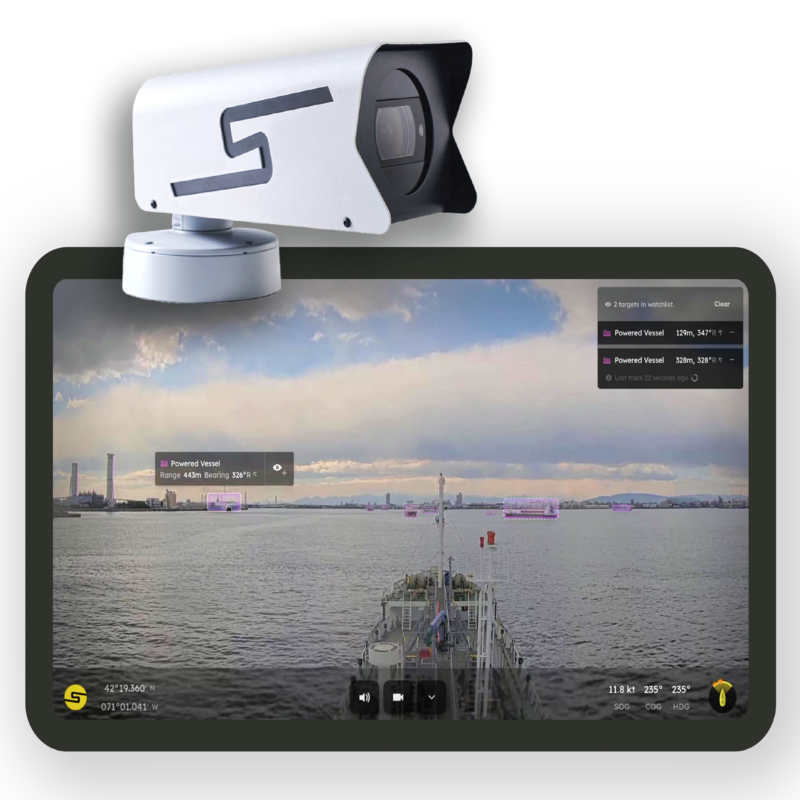Sea Machines shifts the manual, routine effort from the human to an autonomous computing system. Our SM300 system supports on-board or remote crews, and can also provide fully autonomous, unmanned operations in controlled domains.
Sea Machines’ technology enables operators to plan, autonomously execute and record missions through a purpose-built graphical user interface (GUI) based on electronic nautical charts. The GUI streams situational awareness via radar, AIS data, IMU, onboard video cameras and weather station. Sea Machines transit autonomy, also called waypoint autonomy, executes and delivers highly predictable, efficient, predictable and safe vessel operations. In an operational space where more than 99 percent of the missions are routine, Sea Machines autonomy gives crews space to focus on cognitive and high-functioning tasks.
Our systems execute with excellence and safety of vessel as the priority, intelligently factoring in environmental and sea conditions including dynamic pitch, heave and roll. It changes speed between waypoints and actively detects obstacles for collision-avoidance purposes.
Autonomous technology increases confidence in operations and reduces operator fatigue, a major causal factor in marine incidents during nighttime operations, long-distance voyages and challenging sea states.

